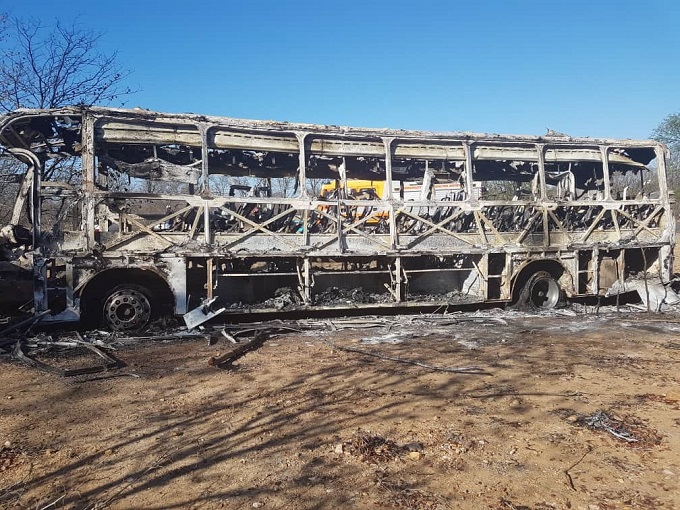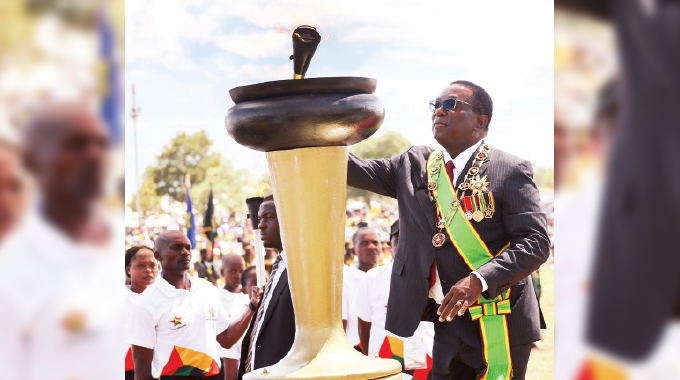President leaves for AU Assembly

Darlington Musarurwa, Harare Bureau
President Emmerson Mnangagwa left for Addis Ababa, Ethiopia, yesterday for the 11th Extraordinary Session of the Assembly of the African Union (AU), where he will join 54 other African Heads of State and Government expected to continue discussions on the institutional reform process of the continental body.
He was seen off at Robert Gabriel Mugabe International Airport by Vice President Kembo Mohadi, Cabinet Ministers, service chiefs and senior Government officials.
VP Mohadi is the Acting President.
Heads of State and Governments are expected to meet today and tomorrow for the session.
The Permanent Representative Committee (PRC) — made up of permanent representatives from all the 55 member states — met on Monday last week, while the 20th Extraordinary Session of the Executive Council — a successor to the Organisation of African Union’s Council of Ministers — convened on Wednesday.
All member countries participate in the Executive Council usually through their Foreign Ministers.
In a statement on Thursday, the AU’s directorate of information and communication said the Assembly will likely “make decisions and declarations” on outcomes of the Executive Council meeting held earlier in the week. “The Assembly will consider and make decisions and declarations based on the outcomes of the 20th Extraordinary Session of the Executive Council meeting, held from 14 — 15 November 2018,” said the AU.
“Main topics covered by this summit include AU institutional reform, reform of the AU Commission, mandate of the AU Development Agency (AUDA), and financing of the African Union.”
The Assembly is the supreme organ of the African Union and consists of all the 55 Heads of State and Government of the AU.
African leaders intend to revitalise, realign and reform the organs of the AU — the African Peer Review Mechanism (APRM), the African Court on Human and Peoples’ Rights, the African Commission on Human and Peoples’ Rights, the Pan-African Parliament as well as the Peace and Security Council (PSC) — in order to make them more efficient and impactful.
The mandate of NEPAD (New Partnership for African Development), which is set to be integrated into the AU as a development agency (the African Union Development Agency) will also be examined.
The idea to reform the AU was first broached at the June 2015 AU Summit in Sandton, South Africa, in June 2015 and gained traction the following year when Rwandan President Paul Kagame was tasked to undertake a study on how the reform process could be undertaken.
With the aid of a nine-member advisory panel of experts from across the continent – who include Econet Wireless executive chairperson Mr Strive Masiyiwa and ex-South Africa Reserve Bank Governor and current Finance Minister Mr Tito Mboweni – President Kagame came up with a report that was adopted in January last year.
In essence, the reform programme is envisaged to regenerate the continental body into an institution that can sustainably finance its activities, connect to the AU’s 1,2 billion citizens on the continent and realign the continental bloc to deliver on its priorities.
Progress in implementing some of the key aspects of the reform process has already been made.
The AU has since introduced the women and youth quotas, while the rationalisation of the working methods of the body has been completed.
Working on transitioning the bloc to a financially independent entity is progressing slowly.
Currently, more than 60 percent of the AU’s operational budget is funded by donors.











Comments